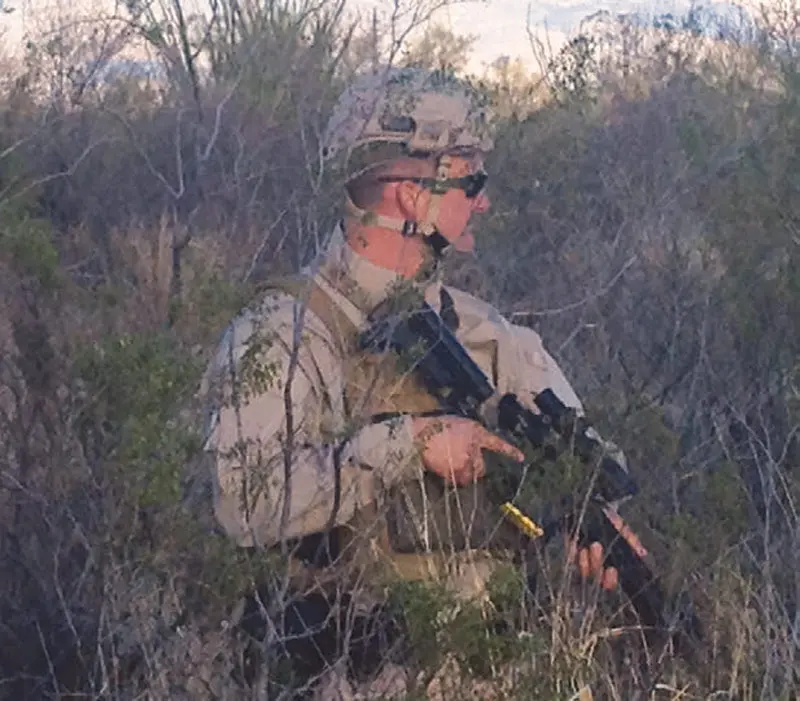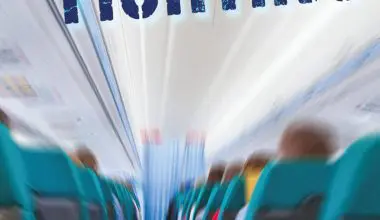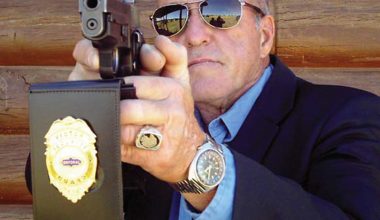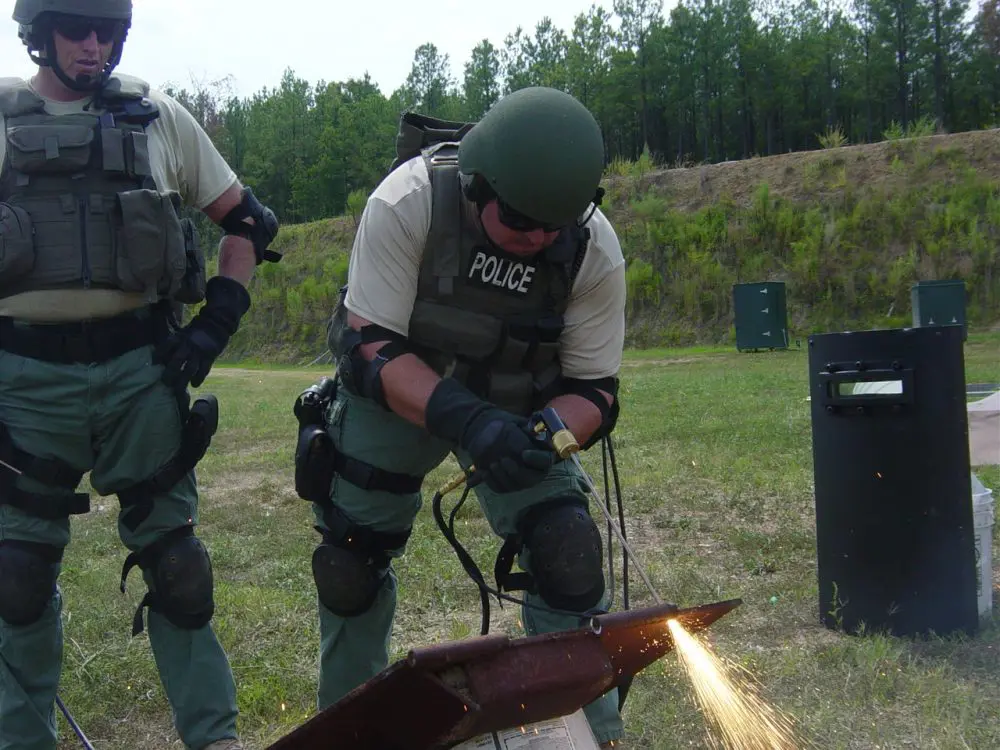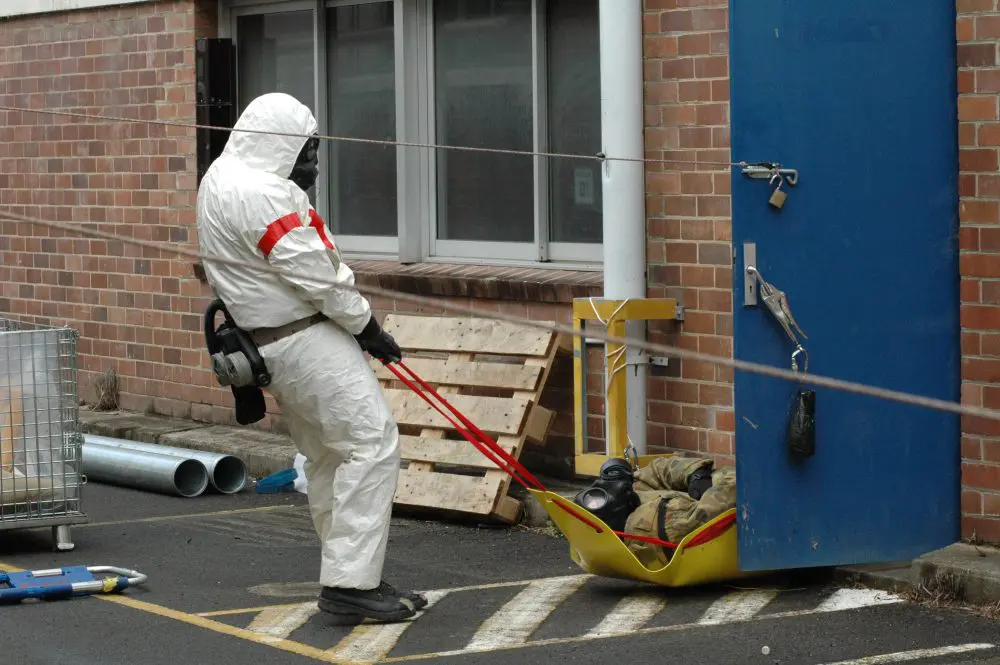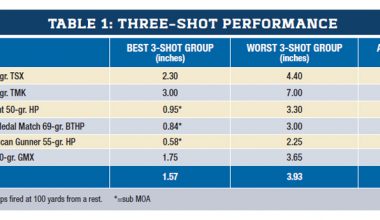Does your tactical team really need training in woodland operations?
Good question! With drones, handheld thermals, seismic sensors, and cameras on every street corner, the natural tendency is to think that the woodland tactics of tracking and land navigation are best left in the past. But many times, modern technology fails to deliver when tracking a fugitive in the woodland environment.
Certainly woodland deployments are in a category all their own. Consider the threat assessment: uncontained suspect at large in an unrestricted environment, suspect(s) movement unknown, weather factors, and danger areas too many to number. The result is one of the most high-risk deployments a team can face. Unfortunately, many teams receive little or no training in this type of deployment.
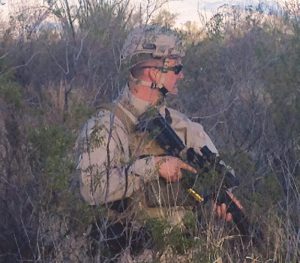
Table of Contents
WOODLAND MANHUNTS
How frequent are woodland callouts? If we look at how many incidents daily across the nation begin in an urban environment and transition to wooded areas, the numbers are impressive.
It is in these urban interface areas (where urban meets the woodland) that patrol officers and specialized teams respond to many fleeing felon calls. Suspects often choose to flee to wooded areas to escape or find haven.
Most of these incidents do not evolve into a long-duration manhunt, such as the search in Pennsylvania in 2014 for Eric Frein—wanted for the murder of Corporal Bryon K. Dickson II of the Pennsylvania State Police and the alleged attempted murder of Trooper Alex Douglass—and certainly not on the magnitude of the Eric Rudolph manhunt.
Most incidents are resolved within one operational period. Such was the case when U.S. Park Ranger Joe Kolodski was murdered in 1998. Joe, my friend and co-worker, was ambushed and killed along the Blue Ridge Parkway in North Carolina when he responded to a “man with a gun” call. We deployed a five-person woodland operations team to where he was last seen. Containment, based on terrain and time, was set at about a two-mile radius. The tracking team picked up the suspect’s track and located the abandoned murder weapon where the killer had loosed another 15 rounds on responding officers. Shortly after discovering the track, a perimeter team picked up a suspect two miles from the crime scene.
Through the use of visual tracking, we were able to back-track the suspect from the arrest site to the crime scene, finding and casting the suspect’s boot tracks and other evidence along the way. This evidence was later used to convict him of first-degree murder.
The success of this operation was due to the amount of woodland experience inherent in our profession. We were rangers who tracked poachers, fugitives, and lost persons on a daily basis. This is not the composition of most teams assigned to urban areas—thus, the need for woodland operations training.
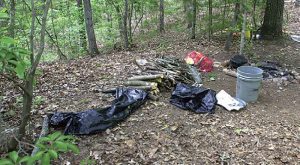
THE RUDOLPH MANHUNT
A few weeks after Kolodski’s murder, the manhunt for Eric Rudolph was entering the woodland search phase in the Nantahala National Forest. Rudolph, also known as the Olympic Park Bomber, was wanted for a series of anti-abortion and anti-gay motivated bombings across the southern United States between 1996 and 1998, bombings that killed two people and injured 111 others.
Several other rangers and I were assigned to the Southeast Bomb Task Force in July and employed as trackers and search advisors. Having been assigned to the position of Lead Tracker, I had direct planning input into the search strategy and tactics for upwards of 15 tactical tracking teams and a host of then high-tech surveillance resources. It also meant that for the next ten months I served as tracker for some of the most elite tactical teams in the country. During this time, I patrolled over 600 miles with the various teams and had ample opportunity to study their readiness in woodland operations.
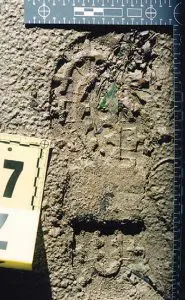
This experience reinforced my opinion as to the importance of having operators with woodland skill sets on specialized teams. I noticed a stark difference in the effectiveness of teams who had ex-military and/or hunters as team members versus those who did not. These members brought with them the skills of navigation and tracking— both of which are critical elements of successful woodland deployments.
LAND NAVIGATION: ARE WE THERE YET?
Generally, when a team is called up on a woodland mission, it performs one of the following tasks or a combination thereof: establishment of perimeter, grid search, surveillance, sweeps, blocking or tracking. All of these functions rely heavily on a team being able to effectively navigate and record this navigation for the purposes of command and control. Implementing a system of redundancy within navigation is essential to this effort. Map, compass, GPS, and other route recording devices should be regularly included in training so they can be implemented as the team is inserted.
Without accurately recorded route patterns and search areas that are not defined, and communicated to command, the fugitive or his hide might be missed, putting officers’ lives into more danger than already exists.
Lacking this information can also skew the Probability of Detection models and result in poor management of the perimeter. A host of pitfalls can be avoided if a tactical team has a qualified navigator to report accurate data to the team and to command. I have heard too many stories where teams are inserted at the wrong location or bumped by other teams that weren’t “supposed” to be in the sector. The ramifications of these types of navigation errors can be monumental.
As a former instructor in woodland operations for the Department of Homeland Security and now privately, I have observed that knowledge of tactical land navigation is an inherent deficiency among many teams. Interestingly enough, it is also the skill set that disqualifies many candidates from Special Forces training.
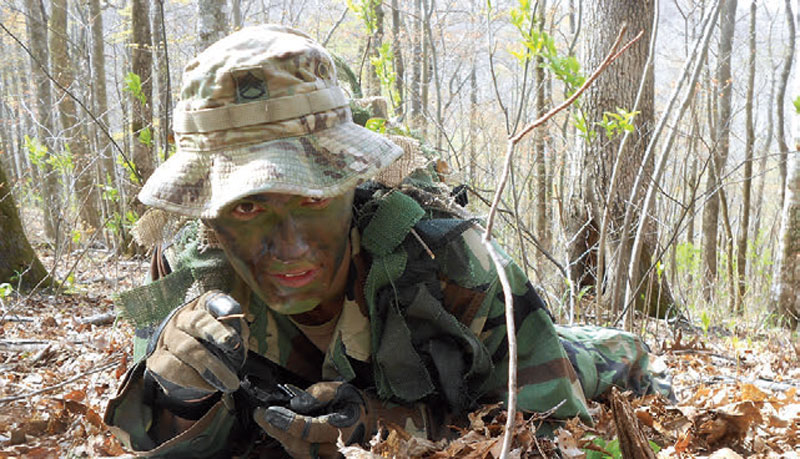
WHICH WAY DID HE GO?
Another valuable skill for the team to possess is visual tracking, a craft whereby a tracker follows a line of sign or disturbance in the forest to move the team along the fugitive’s course of travel. The integration of qualified trackers into operations and planning is essential to the success of any woodland manhunt.
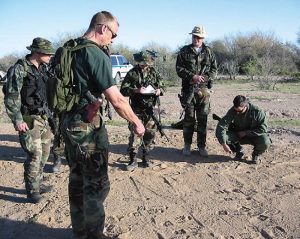
By qualified, I refer to a person who has spent purposeful time looking at the ground and following tracks. The tracker must also possess an intimate knowledge of all aspects of the woods, such as flora and wildlife, in addition to being able to stay on track. I have trained several teams that call upon local game wardens and rangers to serve as trackers.
Tracking is a very versatile skill that greatly expands the capability of the team. It goes beyond just closing the fugitive’s time/ distance gap. Tracking can also expand the crime scene, leading to recovery of otherwise missed evidence. Many times a qualified tracker can identify and reconstruct crime scenes that would have gone unnoticed by an untrained operator.
A qualified tracker on the team can determine the fugitive’s direction of travel, resulting in positioning of takedown teams. Case in point: While searching for an alleged child molester in a 20,000-acre area of our park, our woodland operations team used elimination tracking techniques to locate and arrest the suspect within 30 hours. Elimination tracking is simply using tracking to determine where someone has not traveled. This greatly reduces the search area and allows for repositioning of takedown teams.
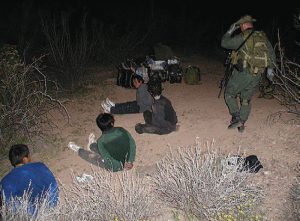
HOW READY IS YOUR TEAM?
How does a team need to train for deployment to a woodland manhunt? As with any team, the strength comes from the composition of the individual team members. Recruitment of individuals with the abovementioned woods skills is essential to increasing the effectiveness and skill diversity of the team on woodland missions.
Developing these individual team members in tactical land navigation and tracking skills can greatly enhance a team’s safety and effectiveness in woodland manhunts.
Lastly, providing annual training in woodland skills for the entire team should be a fundamental curriculum requirement. A growing number of fine schools around the country provide this type of specialized training.
While serving as a tactical advisor on the Eric Frein manhunt in Pennsylvania, I had the opportunity once again to observe specialized teams involved in a woodland manhunt. There appeared to me to be a marked improvement in overall strategy, tactics, and readiness of these urban teams from what I had seen on previous manhunts. This can be the result of only one thing—they trained.
Thus, the words of Archilochus ring true: “We don’t rise to the occasion but fall to the level of our training.”
